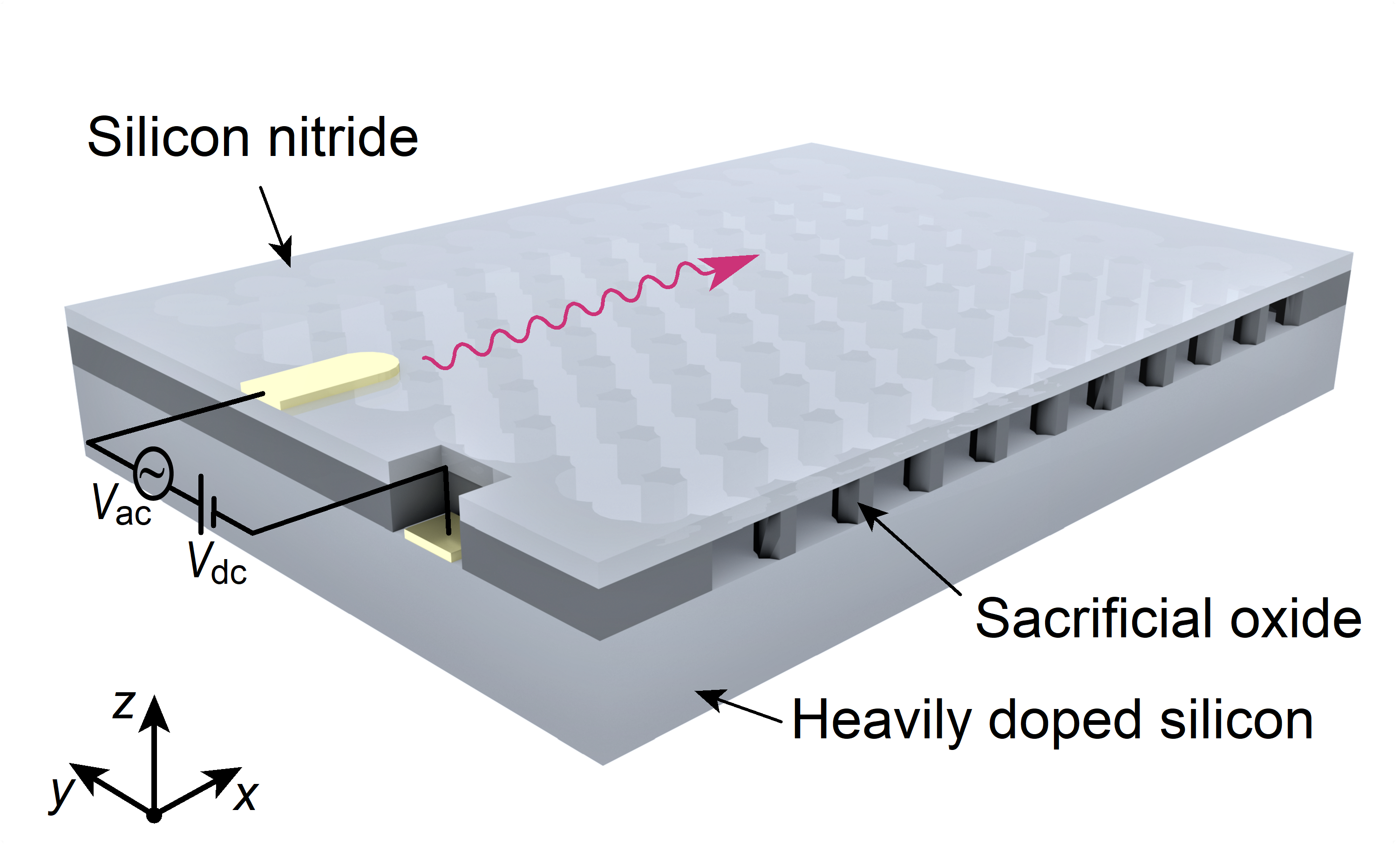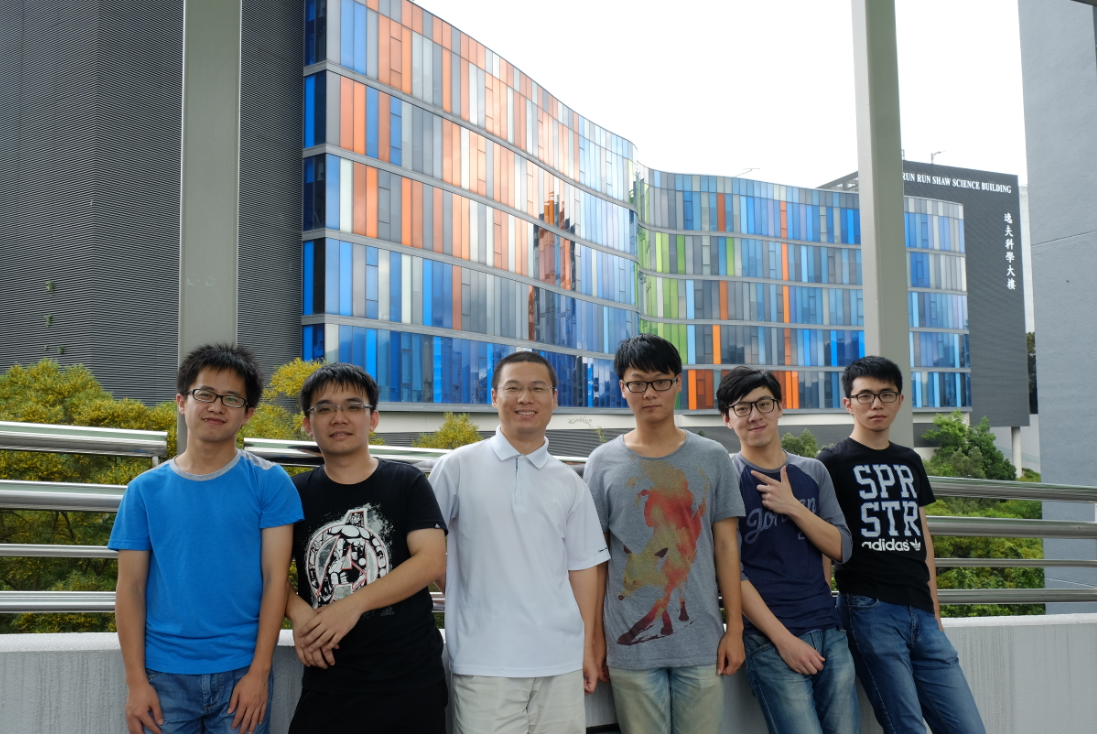Topological insulators are a new type of quantum material studied intensely in recent years. They are important for understanding fundamental physics and for applications of semiconductor devices. The Nobel Prize in Physics 2016 was awarded to three scientists for theoretical discoveries of topological phase transitions and topological phases of matter. Professor Xiankai Sun from the Department of Electronic Engineering, The Chinese University of Hong Kong (CUHK), and his team have discovered a new degree of freedom in nanomechanical topological insulators, which for the first time enables arbitrary manipulation of topological phases on a chip, and lays out the foundation for manufacturing new types of computer chips in the future. This research has recently been published in the world’s top journal Nature Nanotechnology. Topological insulators are a new phase of matter that behaves as an insulator in their interior but supports the conduction of electrons on their surfaces or boundaries. Inside a material, electrons travel around the lattice and also spin around themselves at high speed. These two types of motion correspond respectively to the orbital and spin attributes of electrons. Conventional research on topological insulators focuses mostly on the spin degree of freedom to explore their potential applications in low-power components, such as quantum computers. But the orbital degree of freedom has seldom been investigated because the electrons in conventional topological insulators can only travel along fixed orbits. The CUHK research team has made a fundamental breakthrough by realising for the first time experimentally a nanomechanical topological insulator with an auxiliary orbital degree of freedom. The discovery enables topological insulators with arbitrary polarisation phases and also allows the smooth transition on an integrated photonic or phononic platform. As a result, many exotic topological states with unconventional functionalities can be realised, such as backscattering-immune waveguides and fabrication-robust cavities for high-sensitivity sensing. They not only facilitate the development of topological integrated circuits with enhanced functionality and scalability but also significantly enhance the flexibility in constructing topological insulators, and lay out the foundation for manufacturing new types of computer chips in the future. “The research was conducted successfully on a nanomechanical platform. The concept can be further extended and applied to photonics and acoustics and be used for backscattering-immune signal transport, which is crucial for constructing crosstalk-free, large-scale integrated electronic, photonic, and phononic circuits. The research results will bring a far-reaching impact to optical communication systems for the next-generation internet and to nanochip technologies for the next-generation computers,” said Professor Xiankai Sun. |
|



